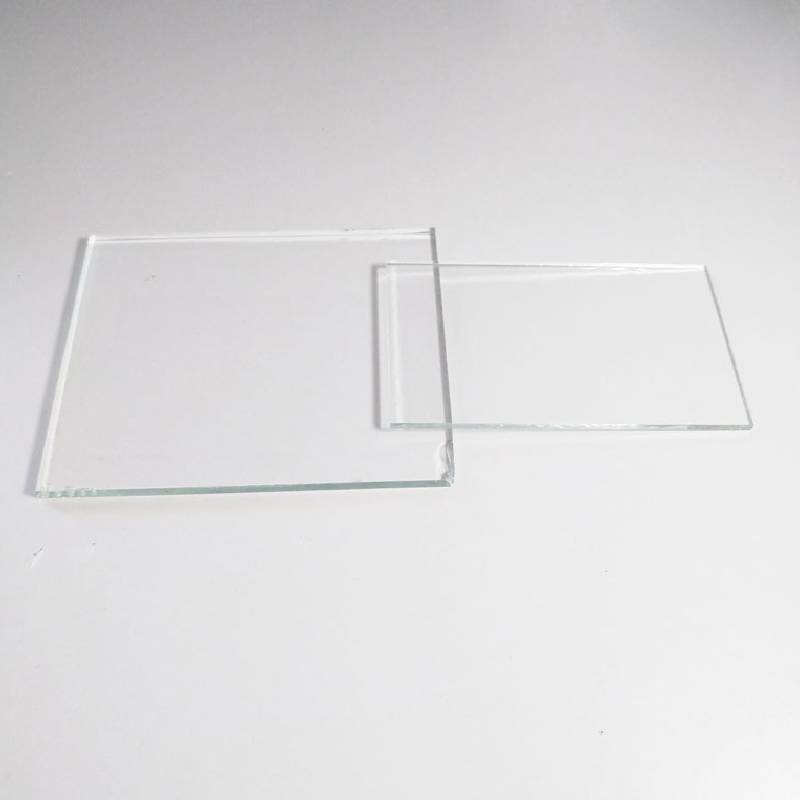The Versatility and Benefits of Tempered Glass
In the realm of modern architecture and design, tempered glass stands out as a remarkable material due to its exceptional strength and safety features. This specially treated glass is designed to withstand greater stress than standard glass, making it an ideal choice for a variety of applications in both residential and commercial settings. By understanding the manufacturing process, advantages, and various uses of tempered glass, one can appreciate its significance in contemporary design.
Manufacturing Process
Tempered glass, also known as toughened glass, is produced through a meticulous heat treatment process. The glass is first cut to the desired shape and size before being heated to temperatures exceeding 600 degrees Celsius. Once it reaches the necessary heat, the glass is rapidly cooled using a technique called quenching. This rapid temperature change creates compressive stresses on the surface while inducing tensile stresses within the core. The result is a product that can endure significant impacts and temperature fluctuations without breaking easily. When broken, tempered glass shatters into small, blunt pieces, reducing the risk of injury, which is one of its most critical safety features.
Safety and Strength
The primary advantage of tempered glass lies in its enhanced safety and strength. Because of its ability to withstand high levels of pressure and impact, tempered glass is often used in locations where safety is a paramount concern. Common applications include shower doors, glass partitions, balustrades, and even facades of buildings. The shattering characteristics of tempered glass further enhance its safety credentials; instead of sharp shards that can cause severe injuries, it breaks into small, less harmful pieces.
Temperatures are another crucial factor when considering materials for specific environments. Tempered glass can endure changes in temperature without compromising its integrity. This thermal resistance makes it suitable for use in environments exposed to varying temperatures, such as kitchens or outdoor spaces.
Aesthetics and Design Flexibility
tempered glass
Beyond its functional benefits, tempered glass offers an exceptional aesthetic appeal that enhances any space. Its clear, sleek surface reflects light beautifully, contributing to the overall ambiance of a room. Furthermore, tempered glass can be manufactured in various finishes, including frosted, tinted, or patterned, allowing architects and designers flexible options to create visually appealing structures. The ability to incorporate custom designs, colors, and even digital prints ensures that tempered glass can fit seamlessly into any design vision.
Environmental Considerations
In an age where sustainability is increasingly important, tempered glass stands out as an eco-friendly choice. Glass is a recyclable material, and its durability reduces the need for frequent replacements, thereby minimizing waste. Also, energy-efficient glass can be manufactured using recycled materials, contributing to reduced carbon emissions during production. Utilizing tempered glass in buildings can also enhance energy efficiency, as it allows for better insulation and reduces the energy needed for heating and cooling.
Applications in Modern Architecture
Tempered glass has found its way into numerous architectural applications, reflecting its versatility. It is ideal for large glass curtain walls in commercial buildings, offering unobstructed views while maintaining structural integrity. The use of tempered glass in skylights can create dramatic lighting effects indoors while ensuring safety and durability. In residential settings, it has become a popular material for patio doors, accent walls, and modern shower enclosures, contributing to a contemporary look.
Conclusion
In summary, tempered glass is a remarkable material that combines safety, strength, and aesthetic appeal, making it a preferred choice in modern architecture and design. Its ability to withstand pressure and thermal changes, coupled with its elegant appearance, ensures that it will remain a staple in both residential and commercial constructions for years to come. As we continue to innovate within the realms of design and sustainability, tempered glass will undoubtedly play an integral role in shaping the future of architectural aesthetics.
 Afrikaans
Afrikaans  Albanian
Albanian  Amharic
Amharic  Arabic
Arabic  Armenian
Armenian  Azerbaijani
Azerbaijani  Basque
Basque  Belarusian
Belarusian  Bengali
Bengali  Bosnian
Bosnian  Bulgarian
Bulgarian  Catalan
Catalan  Cebuano
Cebuano  Corsican
Corsican  Croatian
Croatian  Czech
Czech  Danish
Danish  Dutch
Dutch  English
English  Esperanto
Esperanto  Estonian
Estonian  Finnish
Finnish  French
French  Frisian
Frisian  Galician
Galician  Georgian
Georgian  German
German  Greek
Greek  Gujarati
Gujarati  Haitian Creole
Haitian Creole  hausa
hausa  hawaiian
hawaiian  Hebrew
Hebrew  Hindi
Hindi  Miao
Miao  Hungarian
Hungarian  Icelandic
Icelandic  igbo
igbo  Indonesian
Indonesian  irish
irish  Italian
Italian  Japanese
Japanese  Javanese
Javanese  Kannada
Kannada  kazakh
kazakh  Khmer
Khmer  Rwandese
Rwandese  Korean
Korean  Kurdish
Kurdish  Kyrgyz
Kyrgyz  Lao
Lao  Latin
Latin  Latvian
Latvian  Lithuanian
Lithuanian  Luxembourgish
Luxembourgish  Macedonian
Macedonian  Malgashi
Malgashi  Malay
Malay  Malayalam
Malayalam  Maltese
Maltese  Maori
Maori  Marathi
Marathi  Mongolian
Mongolian  Myanmar
Myanmar  Nepali
Nepali  Norwegian
Norwegian  Norwegian
Norwegian  Occitan
Occitan  Pashto
Pashto  Persian
Persian  Polish
Polish  Portuguese
Portuguese  Punjabi
Punjabi  Romanian
Romanian  Russian
Russian  Samoan
Samoan  Scottish Gaelic
Scottish Gaelic  Serbian
Serbian  Sesotho
Sesotho  Shona
Shona  Sindhi
Sindhi  Sinhala
Sinhala  Slovak
Slovak  Slovenian
Slovenian  Somali
Somali  Spanish
Spanish  Sundanese
Sundanese  Swahili
Swahili  Swedish
Swedish  Tagalog
Tagalog  Tajik
Tajik  Tamil
Tamil  Tatar
Tatar  Telugu
Telugu  Thai
Thai  Turkish
Turkish  Turkmen
Turkmen  Ukrainian
Ukrainian  Urdu
Urdu  Uighur
Uighur  Uzbek
Uzbek  Vietnamese
Vietnamese  Welsh
Welsh  Bantu
Bantu  Yiddish
Yiddish  Yoruba
Yoruba  Zulu
Zulu 

